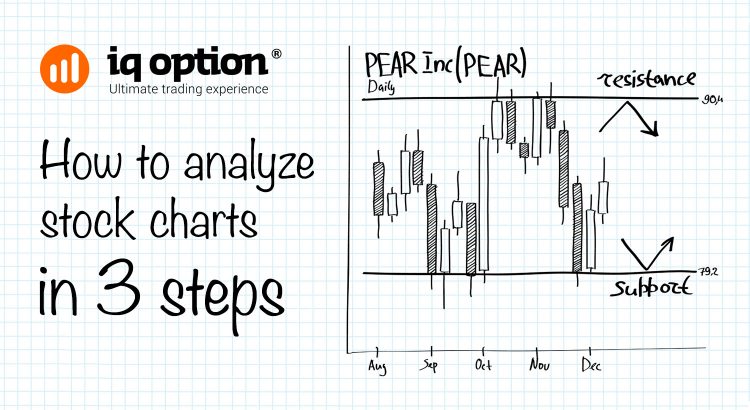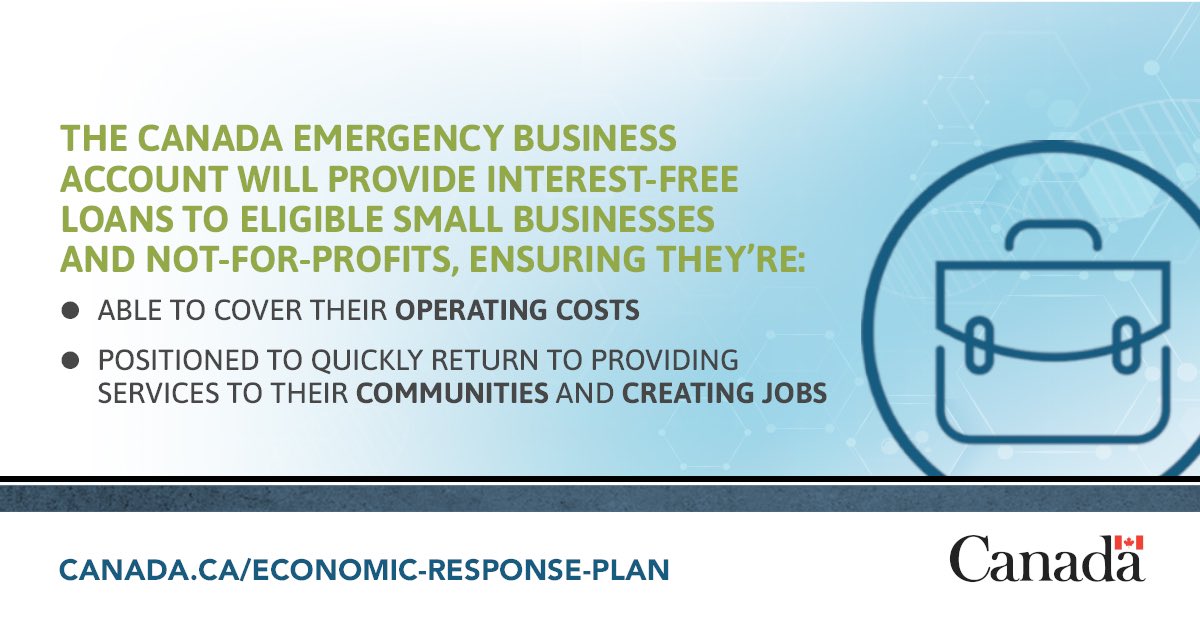

This change in prices is because of various reasons such as news, results, government policies, etc. It can change a drastic switch if there is a stock split or shares consolidation. For example, when a firm goes public the value of its share is Rs.10 but it may trade at a market price of Rs.100. This value would remain likewise for stocks and is really significant when the company chooses to take most of their corporate actions.

• A higher market value than book value means the market is assigning a high value to the company due to future growth prospects. Book value is a company’s net worth calculated by deducting liabilities and intangible assets from total assets. In contrast, market value is a company’s overall value based on the current share price and the total number of outstanding shares.
Physical assets, such as inventory, property, plant, and equipment, are also part of total assets. Intangible assets, including brand names and intellectual property, can be part of total assets if they appear on financial statements. Total liabilities include items like debt obligations, accounts payable, and deferred taxes. Suppose that XYZ Company has total assets of $100 million and total liabilities of $80 million. If the company sold its assets and paid its liabilities, the net worth of the business would be $20 million.
4.MARKET VALUE • Market Value is the current trading price of the stock quoted on exchange. • Market value is calculated by multiplying the total number of shares outstanding with the current market price of a share. • Book value and market value are both helpful in calculating whether a stock is fairly valued, overvalued or undervalued. • When the market value is less than book value, the market doesn’t believe the company is worth the value on its books.
How to calculate Book Value
Fair value is a reasonable and unbiased estimate of the intrinsic value of an asset. Essentially, the fair value of an asset is based on several factors such as utility, related costs, and supply book value face value market value and demand considerations. Market value helps you make investment decisions based on how the stock is trading. If the market value of a company is high it shows increased investor confidence.
It is a dollar amount computed based on the current market price of the company’s shares. One can calculate book value by subtractinga company’s total liabilities from the total tangible assets. To calculate BVPS, individuals must divide the shareholders’ equity by the total number of outstanding shares. The market value of a company will usually exceed its book valuation. The stock market assigns a higher value to most companies because they have more earnings power than their assets. It indicates that investors believe the company has excellent future prospects for growth, expansion, and increased profits.
While it is correct that when the number of shares is doubled the EPS will be cut in half, it is too simple to be the full story. It all depends on how much was paid for the new shares and what return the new capital earns once invested. In such cases, the shareholders’ equity would be less than the company’s actual worth. Company Y appears to be a better investment option as its stock price can increase to align with its value in the future, generating significant returns for investors.
What is price per book value?
On the other hand, a stock split would reduce the nominal value of the company. For example, if the current face value of the company is Rs. 10 lakhs and it announces a one-for-one share split. The nominal value of this company shall then be distributed in the same proportion. Here, the face value will change by Rs 5 lakh as the total number of shares will double after the share split. It is the current price of the stock which is quoted one exchange.
- In those cases, the market sees no reason to value a company differently from its assets.
- This implies that when you invest or trade then it is substantial for you to know the face value of the shares.
- Book value literally translates into the value of a company’s book or its financial statements.
- It shows that the investors have full faith in the company’s growth, future, expansion and its increased profits would increase the book value of the company.
That could happen if it always uses straight-line depreciation as a matter of policy. When we divide book value by the number of outstanding shares, we get the book value per share . Outstanding shares consist of all the company’s stock currently held by all its shareholders. That includes share blocks held by institutional investors and restricted shares.
How to calculate Book Value?
Choose stocks whose book values and market values are in tandem with each other. Financial assets include stock shares and bonds owned by an individual or company. These may be reported on the individual or company balance sheet at cost or at market value. When a company sells bonds, this debt is a long-term liability on the company’s balance sheet, recorded in the account Bonds Payable based on the contract amount. After the bonds are sold, the book value of Bonds Payable is increased or decreased to reflect the actual amount received in payment for the bonds.
Although, the value investors seek for such companies as they think they are undervalued and the market is not right about its valuation. Book value only considers the cost to liquidate a firm’s fixed assets and securities. It does not consider intangible assets such as patents, intellectual property, brand value, and goodwill.
A mutual fund is an entity which primarily owns financial assets or capital assets such as bonds, stocks and commercial paper. The net asset value of a mutual fund is the market value of assets owned by the fund minus the fund’s liabilities. This is similar to shareholders’ equity, except the asset valuation is market-based rather than based on acquisition cost. In financial news reporting, the reported net asset value of a mutual fund is the net asset value of a single share in the fund. In the mutual fund’s accounting records, the financial assets are recorded at acquisition cost. When assets are sold, the fund records a capital gain or capital loss.
What is the difference between Face Value, Market Value & Book Value?
Therefore, this value is regarded as a part of the valuation and not the fundamental value or technical value. The intrinsic value is mostly calculated for stocks and other investable instruments . Market value to book value is an excellent indicator in determining if the company is overvalued or undervalued. This value helps in making a few financial ratios also like price to book value, sales to book value, etc. The value changes only due to the results shared by the company, it doesn’t get much affected by corporate actions, news, etc.
In those cases, the market sees no reason to value a company differently from its assets. In accounting and finance, it is important to understand the differences between book value vs fair value. Both concepts are used in the valuation of an asset, but they refer to different aspects of an asset’s value. In this article, we will discuss book value vs fair value in detail and indicate their key distinctions. When trading in stocks, it is always good to evaluate a company and its performance before you invest. This helps you to understand whether you are backing the winning horse.
Book value meaning refers to a measure of a company’s basic net worth. Frankly speaking, remembering face value is of basically no utility for the investors. Market value is the value of the stocks at which stocks are currently trading.
There are three important concepts that should be discussed in this article. Face Value is the price that investors pay for a stock when they purchase it. Market Value is the price that investors receive when they sell their shares. Book Value is the value of a specific company’s assets, including cash, inventory, and receivables, minus the value of its liabilities. Book value per share is a method to calculate the per-share book value of a company based on common shareholders’ equity in the company. If a company’s BVPS is higher than its market value per share, then its stock may be considered to be undervalued.
You can get it either from the annual reports of the company or directly from the company’s balance sheet. One important thing to remember about the face value is that the face value of a stock does not change or fluctuates even if the company goes in for a stock split. When compared to the company’s market value, book value can indicate whether a stock is underpriced or overpriced.